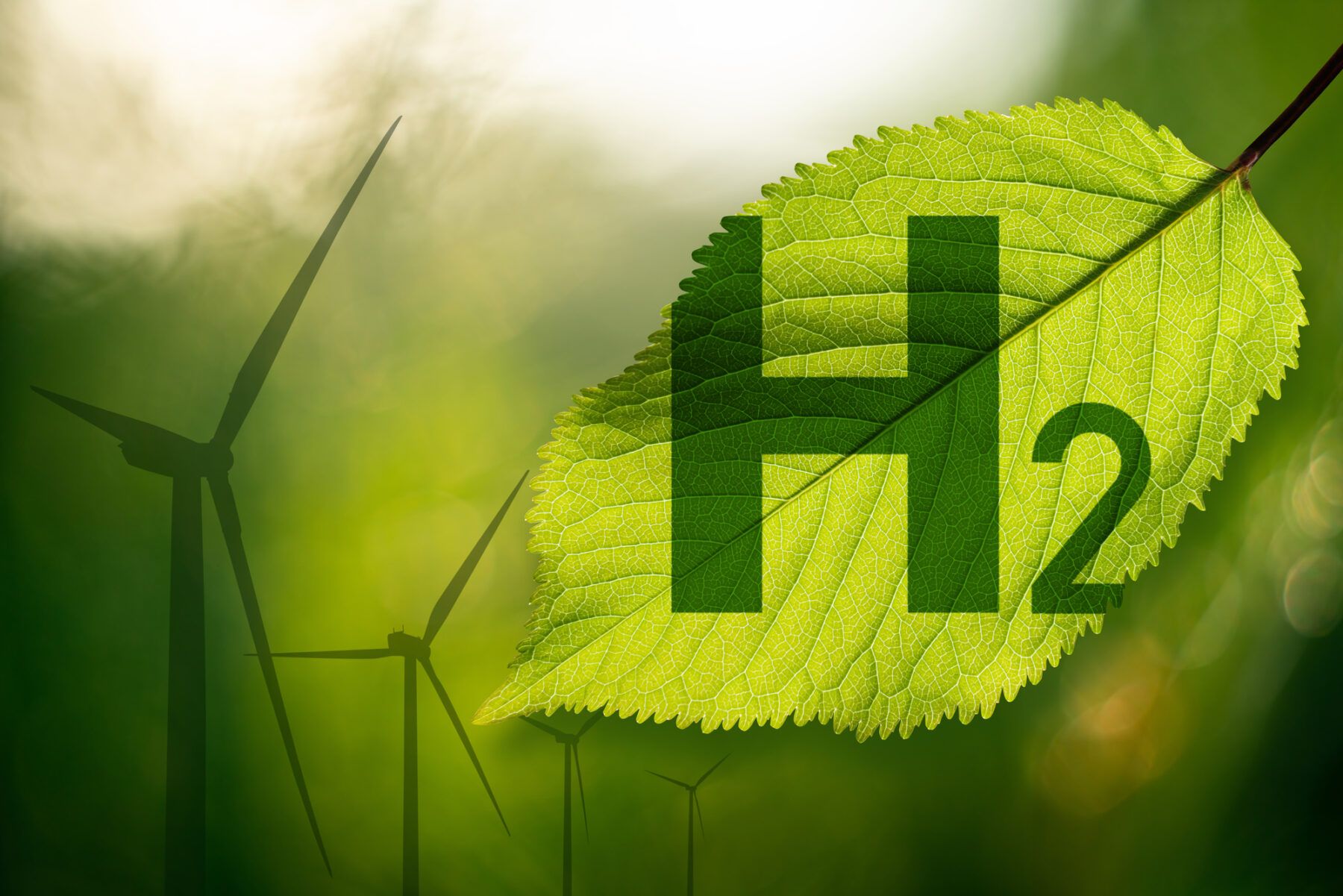On Tuesday, July 30, the Council of Ministers approved the approval of Enagás Hydrogen Infrastructures for the development of European Projects of Common Interest (PCI) for green hydrogen networks. In the case of the Spanish state, these projects include the H2Med green hydrogen corridor, with its two cross-border connections between Portugal-Spain (section known as CelZa) and Spain-France (section known as BarMar); a network of internal infrastructures green hydrogen (Spanish backbone network of green hydrogen); and two storage areas H2 storage North 1 and H2 storage North 2.
Demand will not even reach 10 million tons of green hydrogen in 2030
All this despite the fact that a month ago the European Court of Auditors questioned the technical basis of this type of investment. In his reportthe European Court of Auditors criticizes that “the Commission did not carry out rigorous analyzes before setting the EU targets for the production and import of green hydrogen”, a total of 20 million tons in 2030.
The report notes that “the demand expected to be stimulated will not even reach 10 million tonnes in 2030, let alone the 20 million tonnes initially forecast by the Commission (…). These objectives were not based on sound analysis, but were motivated by political will.”
Network Gas is not a solutiona coalition of more than twenty organizations has published a position paper in response to this push for the development of these major transport and export infrastructures. green hydrogenLike the H2Medwhich they call “unnecessary and a waste of public resources.” energy transition of the Spanish state.”
For the development of H2Med approximately more than 6,000 million euros would be needed, despite the fact that, as they remember from the network Gas is not a solutionthe need to develop a network for the exclusive transportation of green hydrogen medium and long distance.
And given the outcome of the European Court of Auditors’ report, these large infrastructures run the risk of not being needed in the future, remaining too large, not being depreciated and not meeting the needs of the energy transition.
Gas is Not a Solution recognizes that green hydrogen is essential in the low-carbon process
Network Gas is not a solution recognizes that the green hydrogen There are calls to play an important role in decarbonizing certain sectors, but this must be planned and limited, especially in economic and energy areas. “You cannot expect to expand its use in a general way without first thinking critically about the context in which we find ourselves and the expected horizons,” they say.
Likewise, the organizations point out that “an analysis of current and medium-term demand by sector is essential, and to ensure that production projects from green hydrogen are tailored to the needs of the areas where they want to be implemented and to their capabilities. It is necessary to establish a schedule that, using a prioritization and hierarchy approach, clearly defines where to produce green hydrogen and which applications are feasible and should be a priority.”
The positioning emphasizes that the abandonment of the development of Green H2 owned by Enagása company in which the state controls only 5% and has the means of production, in practice prevents this regulation and control.
On the other side the network Gas is not a solution remember that “the use of green hydrogen in sectors such as metallurgy – and the steel industry in particular – and in sectors that are difficult to electrify, and in any case foresee the gradual dismantling of industries such as the refining and fertilizer industries.
Likewise, it is emphasized that, given the difficulties associated with long-distance transportation green hydrogenFrom an economic, environmental, technical and energy efficiency perspective, “local production and consumption should be prioritized, while respecting the needs and capacities of the areas.”
In this sense, betting on an export model is of green hydrogen based on large infrastructures such as H2Med“would imply a massive implementation of large-scale sustainable energy projects, with possible ecological, social and territorial consequences. In addition to the demand for large quantities of water for use in electrolyzers,” the network said.
National Integrated Energy and Climate Plan (PNIEC)
It is estimated that this model would need this the installation of more than 40,000 additional MW of renewable energy sources of great size, doubling what was already planned by the National Integrated Energy and Climate Plan (PNIEC) by 2030. This would endanger the economy fair energy transitionsince the current development of renewable energy It suffers from a lack of planning, sizing and organization.
As for water resources, said the International Renewable Energy Agencyit is likely that more than 46% of projects planned in Spain between now and 2040 will be in areas of high water scarcity, which would exacerbate already existing water use problems.
Finally, the government organizations demand that the manager of the future network of green hydrogen be total independent and publicto avoid conflicts of interest with the fossil industries.

